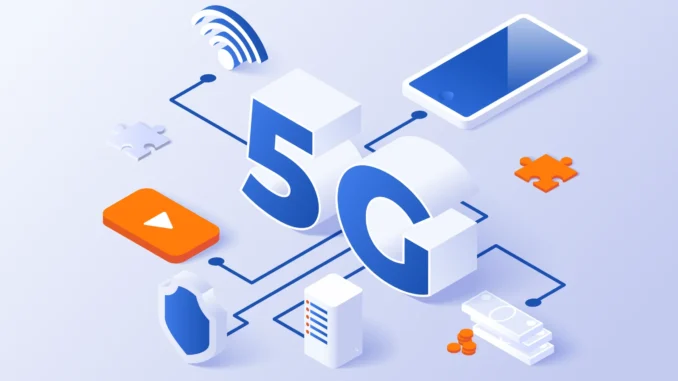
5G networks are designed to offer significantly improved performance over previous generations of mobile communication technologies.
Two of the key features of 5G that make it particularly compelling are low latency and high reliability. Here’s an overview of these attributes:






### Low Latency
1. **Definition**: Latency refers to the time it takes for data to travel from one point to another. In the context of 5G, it typically targets latencies as low as 1 ms (millisecond), significantly lower than 4G networks (which average around 30-50 ms).
2. **Applications**:
– **Real-time Gaming**: Low latency is crucial for online gaming experiences that require immediate responsiveness.
– **Autonomous Vehicles**: Self-driving cars require real-time communication with other vehicles and infrastructure to safely navigate environments.
– **Telemedicine**: Remote surgeries and consultations can be performed securely and effectively with minimal delay.
– **Augmented and Virtual Reality**: Smooth user experiences in AR and VR applications depend on low latency for interaction and rendering.
### High Reliability
1. **Definition**: Reliability in 5G networks is characterized by the assurance that connections will be maintained with minimal interruptions, even in challenging environments. This is often quantified in terms of a reliability target, such as 99.9999% (often referred to as “6 nines”).
2. **Applications**:
– **Mission-Critical Communications**: 5G is designed to support use cases like emergency services communications and industrial automation where downtime can have severe consequences.
– **Smart Grid Management**: Reliable connectivity ensures that energy grids can communicate effectively for monitoring and maintenance.
– **Public Safety**: 5G can provide a stable platform for police, fire and emergency services for urgent communications.
### Technical Features Enabling Low Latency and High Reliability
1. **Network Slicing**: 5G allows for the segmentation of the network into “slices,” each catering to different types of services with specific requirements. For instance, a slice for IoT might have different latency and reliability characteristics compared to a slice optimized for video streaming.
2. **Edge Computing**: By processing data closer to the end-user (at the “edge” of the network), 5G can significantly reduce latency, as data doesn’t have to travel to a central location for processing.
3. **Massive MIMO**: Massive Multiple Input Multiple Output (MIMO) technology increases the capacity and efficiency of the network, allowing for more simultaneous connections and better reliability during high-demand periods.
4. **Improved Air Interface**: 5G uses new encoding and communication methods, such as OFDM (Orthogonal Frequency Division Multiplexing), which can better handle high data rates and reduce latency.
5. **Higher Frequency Bands**: Utilizing higher frequency bands in addition to the traditional lower bands allows for greater bandwidth capacity and quicker data transmission, helping to achieve low latency.
### Conclusion
5G networks exemplify a leap forward in mobile communication technology by combining low latency and high reliability. These characteristics enable a wide range of transformative applications that can enhance industries and everyday life, paving the way for innovations in various fields such as healthcare, transportation, manufacturing, and entertainment. As 5G technology continues to roll out globally, its impact is expected to grow, bringing along opportunities and challenges for deployment and infrastructure.


Leave a Reply